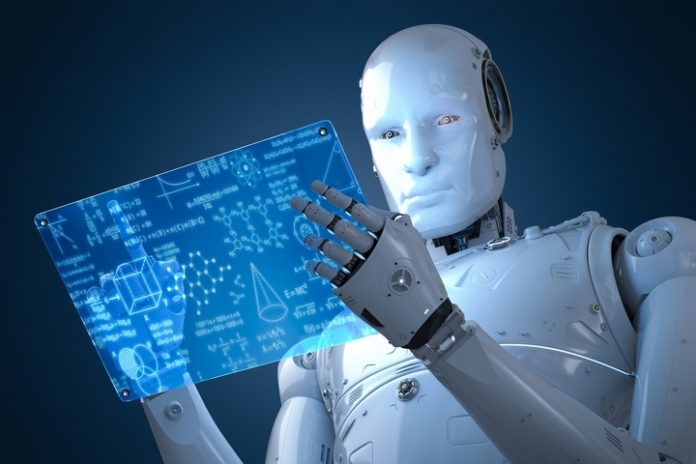AI stands for artificial intelligence. It can simply be described as a technology that allows machines to process and respond to data in a human-like way. With the direction that AI technology is taking, we may soon have devices capable of reaching and exceeding human ability in doing basic tasks.
There are many examples of AI technology that revolutionized the world. Chatbots are some of the major developments in artificial intelligence technology, among other exciting innovations that have emerged in recent years.
You may be wondering what are the most interesting types of AI technology and how they are being used. The following six types of artificial intelligence technology have changed the world for the better:
1. Reactive Machines
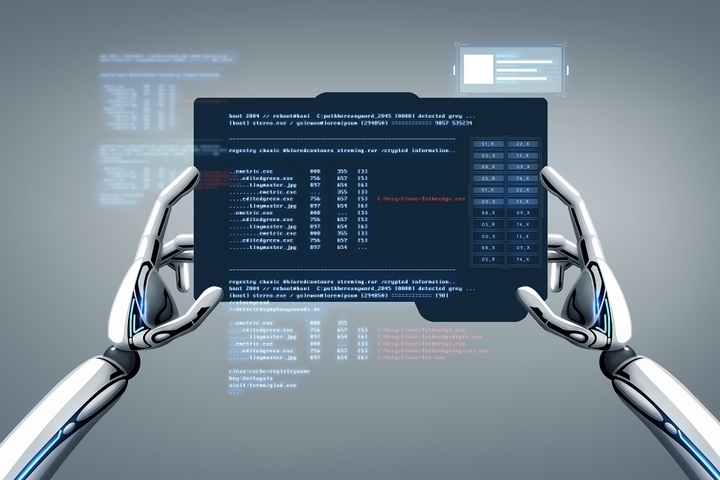
This is the most basic type of AI technology available. Reactive machines cannot create memories or to utilize past experiences to help inform current decisions. This intelligence perceives the world directly and acts only on what it can see. This type of AI does not rely on any internal perspective of the world. Reactive machines, such as chatbots, can only perform the functions specifically assigned to them.
This AI technology does not currently have the capacity to participate interactively as people do, but it might one day possess this ability. Reactive machines act the exact same way each time they come across the same situation. This is an excellent way of ensuring a system is trustworthy.
2. Limited Memory
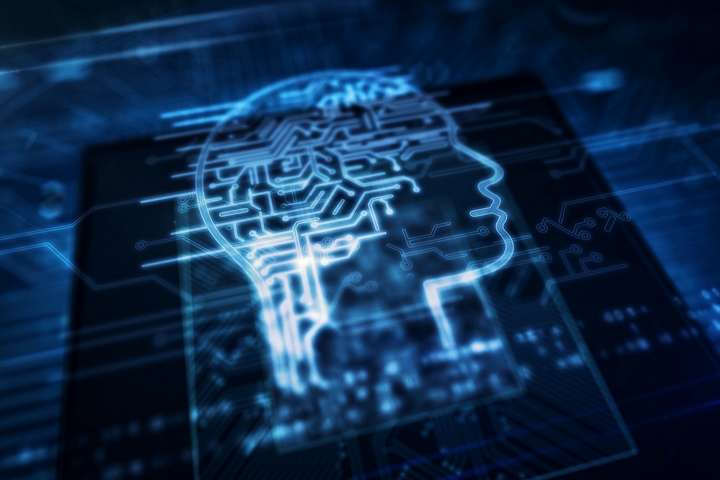
This type of artificial intelligence consists of machines that can look back into the past. It has been implemented in self-driving cars to observe the speed and direction of other vehicles on the road, a task that cannot be done in just one moment. A self-driving car needs to identify and monitor the objects on the road over time before making any movements or decisions.
With the help of limited memory artificial intelligence, the car can look back into the past for the information it has collected over a certain period to help it make better decisions. The data collected by limited memory artificial intelligence about the past is transient. It is not stored as part of the system’s library of experiences.
3. Theory of Mind
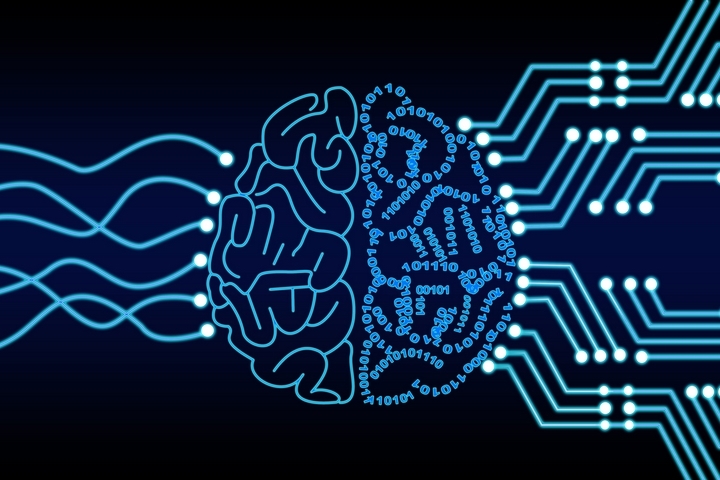
This type of artificial intelligence is considered to be the divide between machines we currently have and the machines we are going to build in the future. Psychology describes the theory of mind as the understanding that humans, objects and other creatures in the world have thoughts, memories, emotions and mental models that affect how they behave.
Professionals researching the theory of mind are hoping to come up with a computer that imitates a human’s mental model. A machine that uses this type of artificial intelligence technology not only creates representations about the world we live in but also about the entities found in it. Although a lot of computers are using models, a computer with a mind still does not exist.
If we are to get to a point where AI systems can walk among us, they need to have the ability to understand that humans have feelings, thoughts and expectations of how they want to be treated. They should then adjust their behaviour accordingly. The theory of mind is a crucial part of how human societies were formed. For AI systems to walk among us, they need to be equipped with this type of intelligence.
4. Self-Awareness
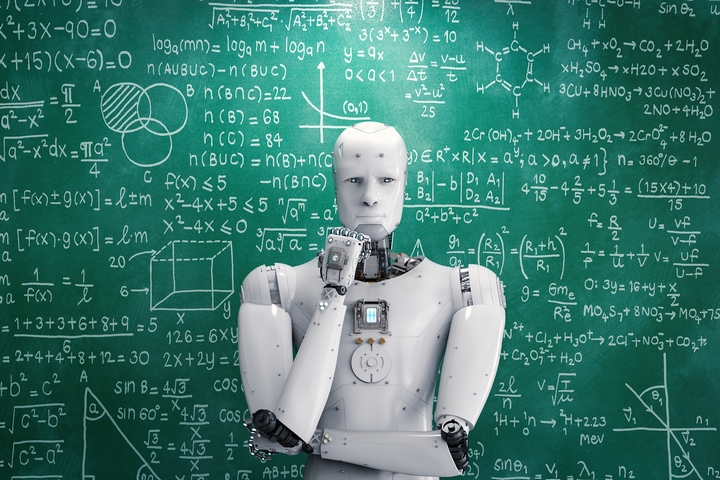
A majority of AI enthusiasts believe that this should be the ultimate goal of AI development. Machines that are equipped with self-awareness artificial intelligence technology are what we consider to be science fiction at the moment. A system equipped with self-aware AI can form representations about itself. For AI researchers to build machines that are equipped with self-awareness, they will first need to understand the concept of consciousness.
This type of artificial intelligence is, in some ways, an extension of the theory of mind. A conscious being is fully aware of itself, knows about its internal state and can predict how others are feeling.
While AI researchers are still far from creating self-aware machines, efforts should be focused on understanding learning, memory and the ability to make decisions based on past experiences. Understanding human intelligence is crucial to designing machines that can accurately classify what is in front of them.
5. Narrow AI
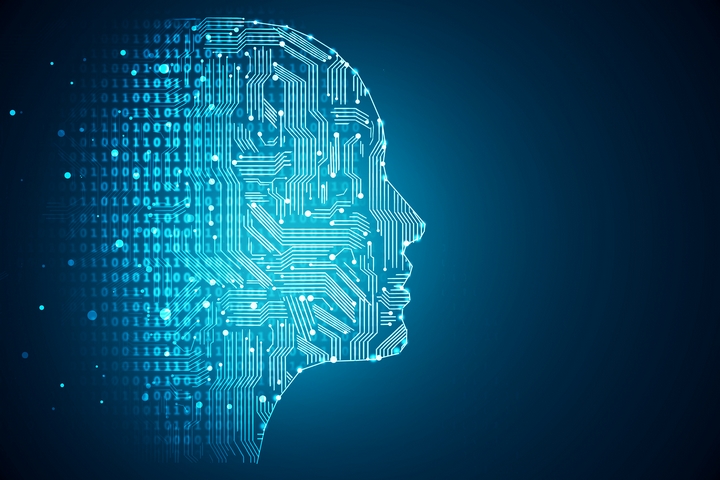
This type of artificial intelligence is also known as Weak AI. It can only focus on one narrow task at a moment. A Narrow AI system can only perform tasks it has previously been programmed to do.
A machine that utilizes Narrow AI is not intelligent enough to perform tasks on its own, but it is designed in a way that makes it seem smart. For instance, AI is used in poker games, where one plays against a machine. It involves manually entering every possible scenario into the computer.
6. Strong AI
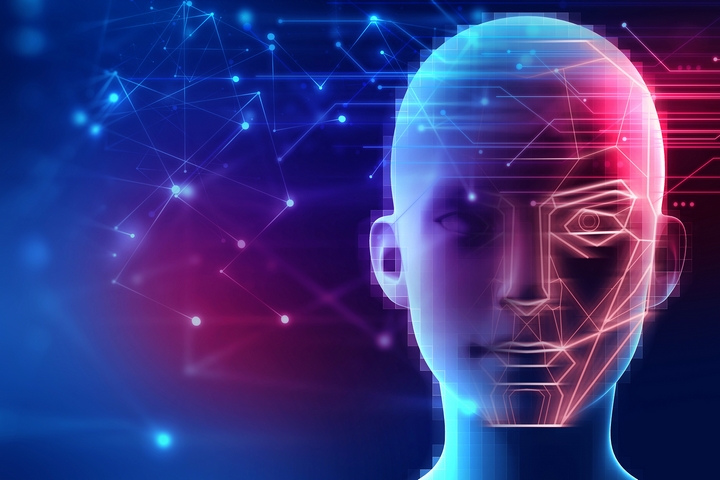
This type of artificial intelligence allows machines to think and perform tasks independently, just like human beings. Strong AI is also known as Artificial General Intelligence.
With the current innovations in artificial intelligence, your guess as to what the future holds is as good as mine. What is certain, however, is that AI will redefine interactions in the future.

